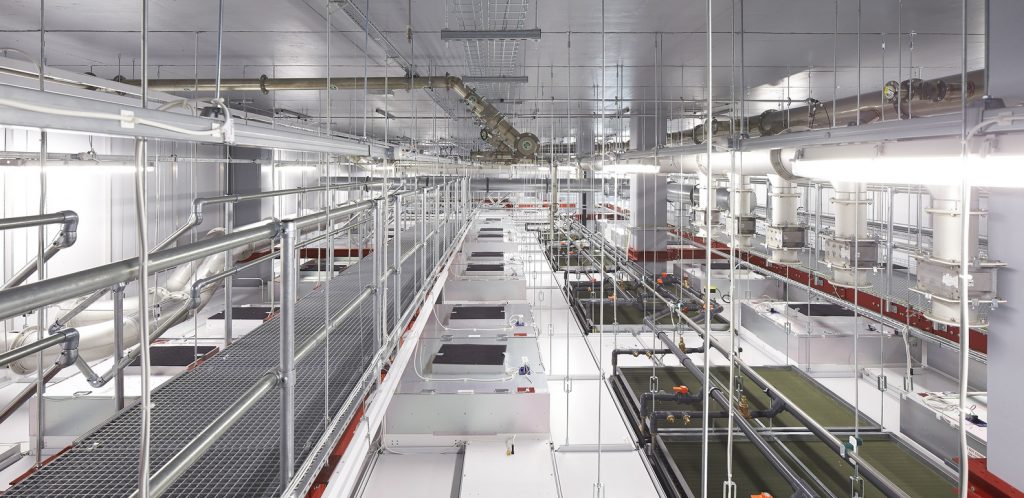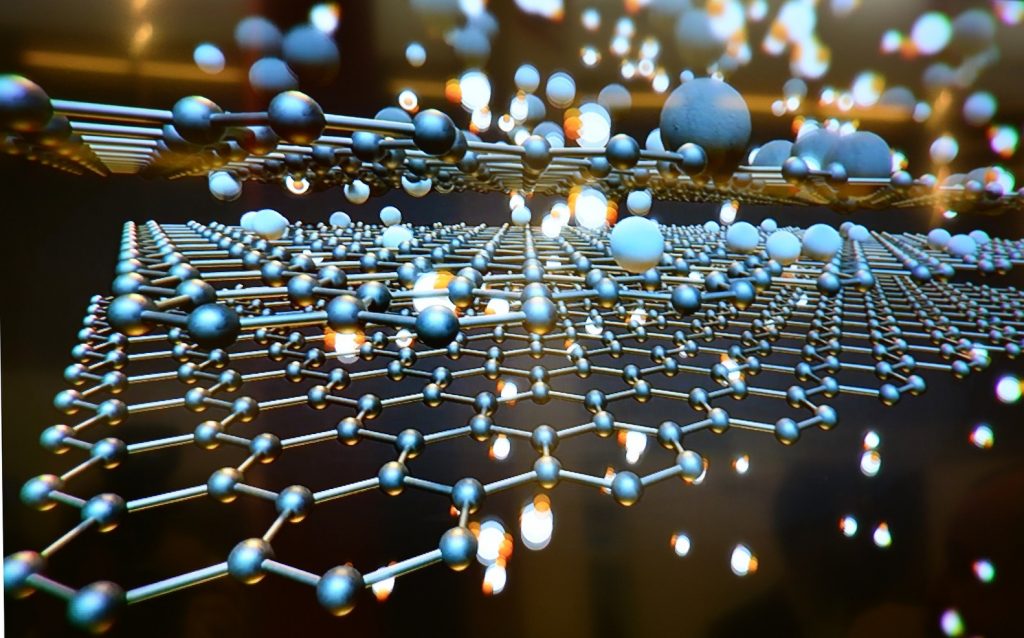Ever since Manchester University first isolated Graphene in 2004, it has been widely referred to by its properties as a promising material through diverse research that focuses on reaching a range of uses in the most varied industries.
Graphene is known to be one of the strongest materials known to science due to its composition of a single carbon atomic layer in a hexagonal mesh. It is also one of the finest materials known to mankind, 200 times stronger than steel yet 6 times lighter. Plus, it is an excellent heat and electricity conductor, aside from its interesting light absorption qualities. When combined with other elements, including gases and metals, it can produce different new materials with highly superior properties.
Civil construction, among different industries, sees Graphene as an opportunity to be more efficient and sustainable. Scientists in the United Kingdom discovered a way to incorporate it into concrete, thus considerably increasing the resistance and impermeability of the material. Researchers of the University of Exeter claim that the composed material is “twice as strong and four times as impermeable than existing concretes”.

The technology developed uses nanotechnology to put atomically fine fragments of Graphene suspended in the water used for the concrete mix. This process requires less material than traditional fabrication which drastically reduces the carbon footprint, resulting in a concrete that not only is strong but also sustainable. Researcher and professor at Exeter, Monica Craciun claims that “the number of materials needed to fabricate concrete can be reduced by almost 50% when Graphene is included, reaching a significant reduction of 446 kg per ton of carbon emissions”. [1]
Properties of Graphene
- Strength: 200 times stronger than steel.
- Width: It is the finest material ever discovered. One million times thinner than a hair strand.
- Impermeable: Impermeable to everything, except water, which may help with filtration.
- Completely malleable and flexible.
- Conductivity: it is the most conductive material discovered, 100 times more so than copper.
- Two-dimensionality: It is the first two-dimensional material discovered.
Carbon nanotubes mixed with steel also presents incredibly innovative uses for construction. These basically consist of layers of Graphene composed like perfect cylinders and their remarkable mechanic properties can be used in cables for bridges, for example. They can also be incorporated into concrete to act as supporting fibers, resulting in a concrete mix that can manage traction and compression much better than its traditional version.
Another line of research carried on by the University of Zhejiang in China developed the so-called “Graphene Aerogel.” It consists of an extremely light solid with impressive properties like thermal isolation amongst others. With a density of just 0.16 milligrams per cm3, this material has proven to work as a solution against alkali-added reactions (manifested as fissures on the Concrete), as an anticorrosive coating of mixed structures (concrete and steel), and as a thermoacoustic isolator.

With its high mechanical resistance and high elastic recuperation qualities, Graphene aerogel is already considered as the lightest material developed in the laboratory nowadays. [2] Aerogel is composed of low-density materials in solid state derived from gel, with its liquid component substituted by gas.
Although the great innovations that Graphene promises for construction in the future, it is important to note that it may not be able to be used alone, at least for structural purposes. Therefore, construction materials based on Graphene may still take some time to become a real option to be considered in architecture, despite the quick advancement of research being carried through so far. Given that this is a highly contaminating and residue-generating industry, it is crucial to find more ecologic means of construction for the reduction of carbon emissions around the world and protect the environment. Graphene can be one of the paths toward a more sustainable future.
